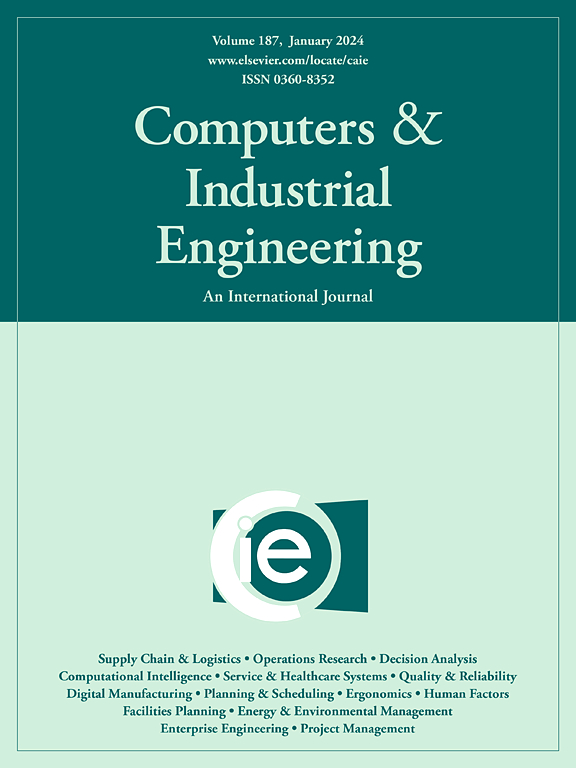Energy-constrained orienteering problem for green tourist trip design: Mathematical formulation and heuristic solution approaches
IF 6.7
1区 工程技术
Q1 COMPUTER SCIENCE, INTERDISCIPLINARY APPLICATIONS
引用次数: 0
Abstract
Planning a touristic itinerary is a challenging task that requires personalized tour generation for tourists interested in visiting available points of interest (POIs). The negative externalities of using vehicles (e.g., emissions) can be reduced by considering such aspects in itinerary planning. To address this need, we propose the Energy-Constrained Tourist Trip Design Problem to plan environmentally friendly touristic itineraries. We model this problem as an Energy-Constrained Orienteering Problem (ECOP), where we consider continuous vehicle speed, speed-dependent travel time, and fuel consumption accordingly emissions which have not been considered in the scope of the OP before. First, the ECOP is formulated as a mixed-integer second-order cone programming (MISOCP) model which is able to solve only small-size instances to optimality within a reasonable time. Second, for large-size instances, we develop two heuristic methods, namely Greedy Insertion (GI) and Iterated Local Search (ILS) algorithms. In the latter, several improvement heuristics are coupled with an SOCP-based speed optimization procedure. Based on our computational experiments, the GI heuristic is the fastest among the proposed methods, while generally yielding suboptimal solutions compared to the ILS algorithm, but for larger instances, these solutions are better than the ones obtained via the exact method. The ILS algorithm outperforms the exact method by reaching good-quality solutions in a relatively short computing time. The ECOP has prospective applications on selective routing problems involving other transportation modes (e.g., cruise, aerial) and has a significant potential on reducing transportation-related GHG emissions.
求助全文
约1分钟内获得全文
求助全文
来源期刊

Computers & Industrial Engineering
工程技术-工程:工业
CiteScore
12.70
自引率
12.70%
发文量
794
审稿时长
10.6 months
期刊介绍:
Computers & Industrial Engineering (CAIE) is dedicated to researchers, educators, and practitioners in industrial engineering and related fields. Pioneering the integration of computers in research, education, and practice, industrial engineering has evolved to make computers and electronic communication integral to its domain. CAIE publishes original contributions focusing on the development of novel computerized methodologies to address industrial engineering problems. It also highlights the applications of these methodologies to issues within the broader industrial engineering and associated communities. The journal actively encourages submissions that push the boundaries of fundamental theories and concepts in industrial engineering techniques.
 求助内容:
求助内容: 应助结果提醒方式:
应助结果提醒方式:


